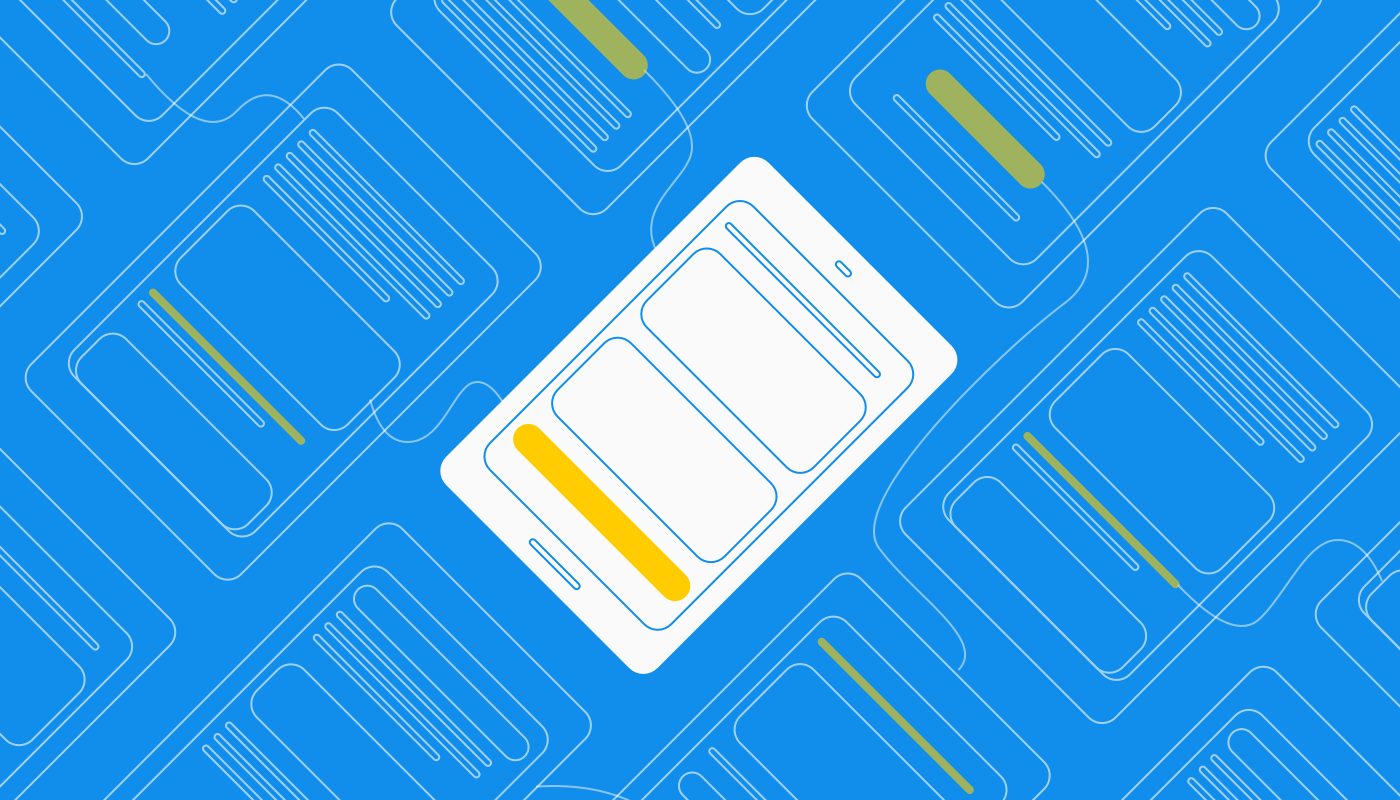Often, getting clients to commit to user testing is a hard sell. Clients get excited about the product, the output, the thing they’re building. That’s understandable: we get excited about that, too. But even with thorough user personas and empathy maps, what you think you should build and design for your customers doesn’t always align with what they want.
Humans are complicated and unpredictable. In fact, even what people think they want in a product or experience isn’t always what they do want once they start using it.
That’s why user testing is so helpful. It puts real things in front of real people so they can react and interact with features in real-time. We, the testers, get qualitative and quantitative feedback. Sounds great, right!?
Then why is it hard to convince people to do it?
It’s hard to spend money. Period. We’re all trying to produce results and outcomes on a budget. And it’s even harder to spend money when you don’t know exactly what you’re going to get for it. User testing can be a bit of a mystery: you know you’ll get feedback from users, but you don’t know what.
Let’s talk to the Minnesota Lottery about their experience with user testing, and what they learned.
We had a great user testing experience with the Minnesota Lottery. We have worked with them for over 15 years on their website, promotions, and programs. To help refine and validate our research and planning for a site redesign, we completed two rounds of formal user testing. Before planning began, we conducted testing against their current website. Then, after developing interactive wireframes for the redesigned site, we executed another round of testing (with some of the same respondents).
We had some great learnings, and an overall great experience. So, we brought in Drew VanKrevelen from the Minnesota Lottery to talk about it from their perspective.
Q: What did you learn? Were there both tactical and strategic lessons?
“It’s hard to distill all we learned into a few sentences but yes, we took away some important lessons, both tactical and strategic, from this experience. We started by getting user feedback from watching and talking with volunteers as they tried to accomplish a variety of tasks on our current website so we thought we knew our visitors’ wants and needs pretty well going into the redesign phase. And we were able to resolve a lot of issues and streamline the experience pretty well before showing the wireframes to another group of testers. We actually even included a couple of the more vocal users from our first test group in the second round as well. When you find people who aren’t afraid to speak their minds, those people are especially valuable so we wanted to give them another shot at poking holes in our site design.”
Q: What was most surprising about the experience?
“Our user testers told us very clearly that they don’t need a customized experience to get what they want and need from our website. We thought that allowing our players to “like” their favorite games would give them a better experience and save a few clicks each time they came back to look for specific content. It turns out that as long as we use clear, intuitive navigation constructs, they didn’t really see any value in favoriting specific games or other content. Well, that makes our jobs a lot easier and probably saved us enough in development costs to pay for the entire user testing part of the project. Everything else we learned was free! And we know we’re giving our users exactly what they’re looking for.”
Q: What was the greatest benefit?
“I think the greatest benefit of user testing is always gaining the knowledge that you’re putting out a tested product, one you already know your users are on board with. Of course, change is always challenging and disruptive, and we know that some users will feel lost at first. But having tested new designs and navigation patterns ahead of time, we are confident that the learning curve will be short and most of our site visitors will quickly feel right at home.”
User Testing’s Big Lesson
Anything you get back is helpful. If, like the Minnesota Lottery, you get feedback that suggests you should pivot, you just saved time and money, and you have the confidence to move forward with a new plan. If your feedback underscores and validates that everything you have planned aligns exactly with user needs (first let me say: KUDOS!), then you move forward with your plan in confidence.
You can test a whole site or you can test a specific portion — like an e-commerce checkout or search functionality. You can test once or you can do it in rounds as your product develops. Whichever your budget and timing allows, what’s the one thing you will always achieve with user testing? Confidence.
You will know more than you knew before. No matter what the feedback is. That is a great feeling to have while charging ahead with a digital project.




